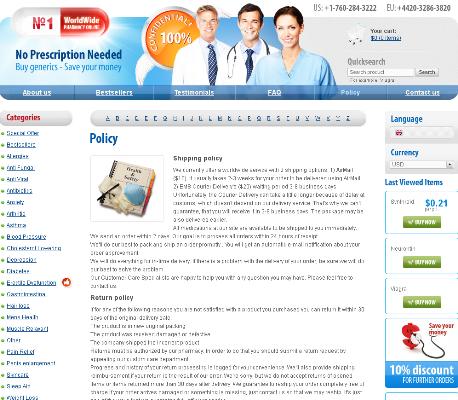Buy Estradiol Online
Estradiol’s Role in Menstrual Cycle Regulation Explained
Estradiol: the Menstrual Cycle’s Mastermind Hormone
Imagine a conductor orchestrating a symphony—the menstrual cycle relies on estradiol to keep everything in harmony. Produced mainly in the ovaries, this powerful form of estrogen is crucial for a woman’s reproductive health. Each month, estradiol works behind the scenes, directing key processes needed for fertility. It influences the growth and maturation of ovarian follicles, prepares the uterus for pregnancy, and helps regulate the entire cycle—making it the unsung hero of female physiology.
| Hormone | Main Source | Key Role |
|---|---|---|
| Estradiol | Ovaries | Regulates menstrual cycle |
How Estradiol Sparks Follicle Development Each Month

At the start of every menstrual cycle, tiny structures known as ovarian follicles await their chance to grow. Rising levels of estradiol act like a green light, sending powerful signals that awaken these dormant follicles. Estradiol initiates their development, supporting the selection of one dominant follicle that becomes capable of releasing an egg. This complex interplay is vital for fertility, as it orchestrates the early stages of the cycle. Without adequate estradiol, healthy follicle growth and ovulation may not occur properly.
Estradiol’s Impact on Ovulation and Egg Release
In the intricate dance of the menstrual cycle, estradiol plays a starring role as ovulation approaches. Rising concentrations of this hormone act as the body’s signal that a follicle is mature and ready, sending a message to the brain to trigger a surge of luteinizing hormone (LH). This LH surge is the green light for the ovarian follicle—now at its peak—to release its egg, making ovulation possible.
Estradiol doesn’t just orchestrate the timing of ovulation; it also prepares the reproductive system for potential conception. By ensuring optimal egg development and assisting in the release process, estradiol maximizes the chances of fertilization. Without its well-timed surge, the delicate rhythm of egg maturation and ovulation could easily falter, impacting the entire menstrual cycle.
Balancing the Endometrium: Estradiol’s Vital Function

Picture the endometrium—the uterus’s inner lining—as fertile soil, awaiting the seed of new life. Estradiol acts as its attentive gardener, stimulating the endometrial cells to multiply and thicken during the first half of the menstrual cycle. This process creates an environment rich in blood supply and nutrients, priming it for a potential pregnancy. Without adequate estradiol, the endometrium remains too thin or unstable to support embryo implantation.
As the cycle progresses, estradiol’s role subtly shifts. It helps orchestrate a balance with progesterone, ensuring the endometrium transitions from a growth phase to one of readiness. This finely tuned interplay not only supports reproductive health but also prevents excessive or insufficient tissue buildup—demonstrating just how essential estradiol is in orchestrating menstrual harmony.
The Rise and Fall: Estradiol’s Monthly Fluctuations
Estradiol’s journey through the menstrual cycle resembles an intricate dance. Early in the cycle, its levels start out low but climb steadily as follicles develop in the ovaries. This upward swing is more than just a chemical change—it’s what triggers the body to prepare for possible pregnancy and ripen one follicle for ovulation.
At mid-cycle, estradiol peaks dramatically, serving as a crucial signal for the body to release a mature egg. Immediately after ovulation, its levels begin to decline—marking the shift into the luteal phase. These shifting patterns are not just fascinating, but essential for fertility and overall reproductive health.
| Phase | Estradiol Level | Key Event |
|---|---|---|
| Follicular | Rising | Follicle Maturation |
| Ovulation | Peak | Egg Release |
| Luteal | Falling | Preparation for Next Cycle |
Common Issues When Estradiol’s Levels Go Awry
Imagine the monthly cycle thrown off balance—suddenly, periods are heavier or disappear altogether. When estradiol levels drop too low, women might notice irregular cycles, occasional missed periods, or even symptoms like hot flashes and night sweats. This can signal conditions such as hypothalamic amenorrhea or premature ovarian insufficiency.
Conversely, if estradiol climbs too high, it can spark problems of its own. Heavy periods, breast tenderness, and even endometrial hyperplasia may emerge as warning signs. High estradiol is often linked with polycystic ovary syndrome (PCOS) or certain ovarian cysts.
In both scenarios, fertility is impacted, making conception more challenging.
Recognizing and addressing these hormonal shifts early can restore balance, alleviate symptoms, and protect long-term reproductive health. Regular checkups and hormone monitoring are key steps in keeping cycles on track.

